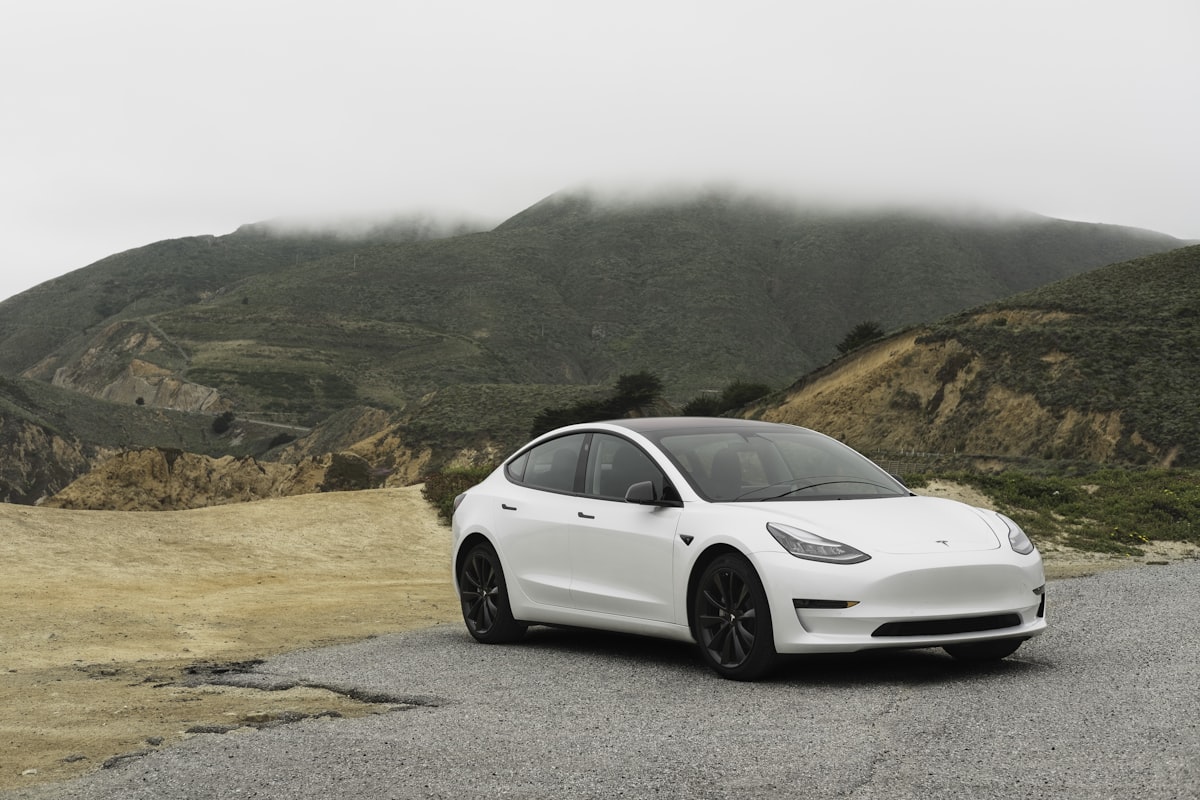As the adoption of electric vehicles (EVs) accelerates, the demand for accessible and efficient charging solutions is on the rise. Installing an EV charger at home or in commercial spaces not only provides convenience but also enhances the usability of electric vehicles. This article outlines the essential steps and considerations involved in the installation of EV chargers, offering a comprehensive guide for those interested in making the transition to electric mobility.
**Understanding Different Types of EV Chargers**
Before delving into the installation process, it’s crucial to understand the different types of EV chargers available. There are primarily three levels of EV charging:
1. **Level 1 Chargers:** These chargers use a standard 120-volt outlet, similar to what you would use for household appliances. Level 1 charging is the slowest form of EV charging, typically adding about 4 to 5 miles of range per hour of charging, making it suitable for overnight use at home.
2. **Level 2 Chargers:** These require a 240-volt supply and are much faster, providing about 20 to 30 miles of range per hour. Level 2 chargers are ideal for home and public installations where quicker charging is desired.
3. **DC Fast Chargers:** Also known as Level 3 chargers, these use direct current (DC) instead of alternating current (AC) and can charge an EV battery to 80% in just 20 to 30 minutes. These are typically installed in public charging stations and are not common for home use due to their high power requirements and installation costs.
**Site Assessment and Planning**
Choosing the right location for installing an EV charger involves several considerations to ensure safety, convenience, and compliance with local regulations. A professional site assessment should include:
– **Electricity Supply:** Checking if the existing electrical system can handle the additional load of an EV charger or if it needs an upgrade.
– **Location:** Determining the most practical spot for the charger that is close to where the EV will be parked and ensuring that it does not obstruct any pathways.
– **Permits and Regulations:** Identifying any local codes, permits, or guidelines that must be followed during the installation process.
**Installation Process**
Once the planning phase is complete, the installation process can commence. This typically involves:
1. **Upgrading Electrical Panel:** If necessary, upgrading your home’s electrical panel to accommodate the new charger’s power requirements.
2. **Wiring:** Installing the proper wiring from your electrical panel to the location of the charging station.
3. **Mounting the Charger:** Securely mounting the charger on a wall or a stand-alone pole.
4. **Connecting and Testing:** Connecting the charger to the power source, followed by thorough testing to ensure it is operating correctly and safely.
**Safety and Compliance**
Safety is paramount when installing an EV charger. This includes using hardware that is compliant with national and international standards (such as UL or CE), ensuring proper grounding, and protecting the installation with appropriate safety equipment like circuit breakers and residual-current devices.
Additionally, having the installation carried out by a certified electrician not only ensures safety but may also be necessary for compliance with local building codes and for warranty purposes.
**Maintenance and Troubleshooting**
After installation, occasional maintenance and inspections ensure the charger operates reliably over time. Regular checks might include monitoring for any physical damage, ensuring electrical connections are tight, and testing the unit to ensure functionality.
**Conclusion**
Installing an EV charger is a significant step towards embracing electric mobility. By understanding the types of chargers, planning the installation carefully, and ensuring compliance with safety standards, you can enhance your EV experience significantly. Whether at home or at a commercial venue, the convenience of having an EV charger readily available not only supports the ongoing shift towards sustainable transportation but also adds value to property investments.
Recommended EV Accessories
NOCO GENIUS10 Smart Charger – $79.95
Advanced battery maintainer and charger.
EV Charging Station Guide
Navigate the EV charging landscape.

As an Amazon Associate, we earn from qualifying purchases.




Subscribe for Updates
Get the latest articles delivered to your inbox.
We respect your privacy. Unsubscribe anytime.